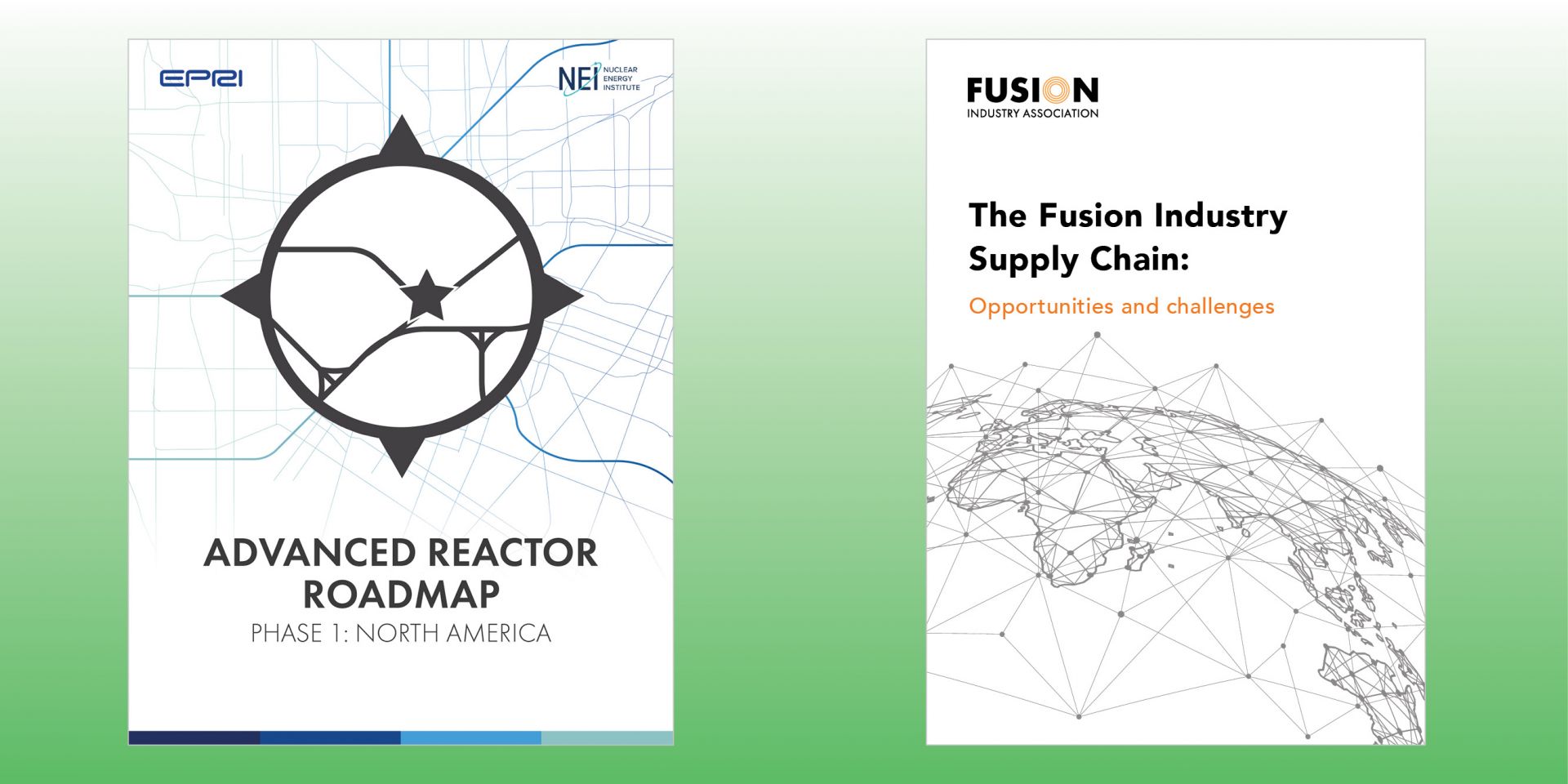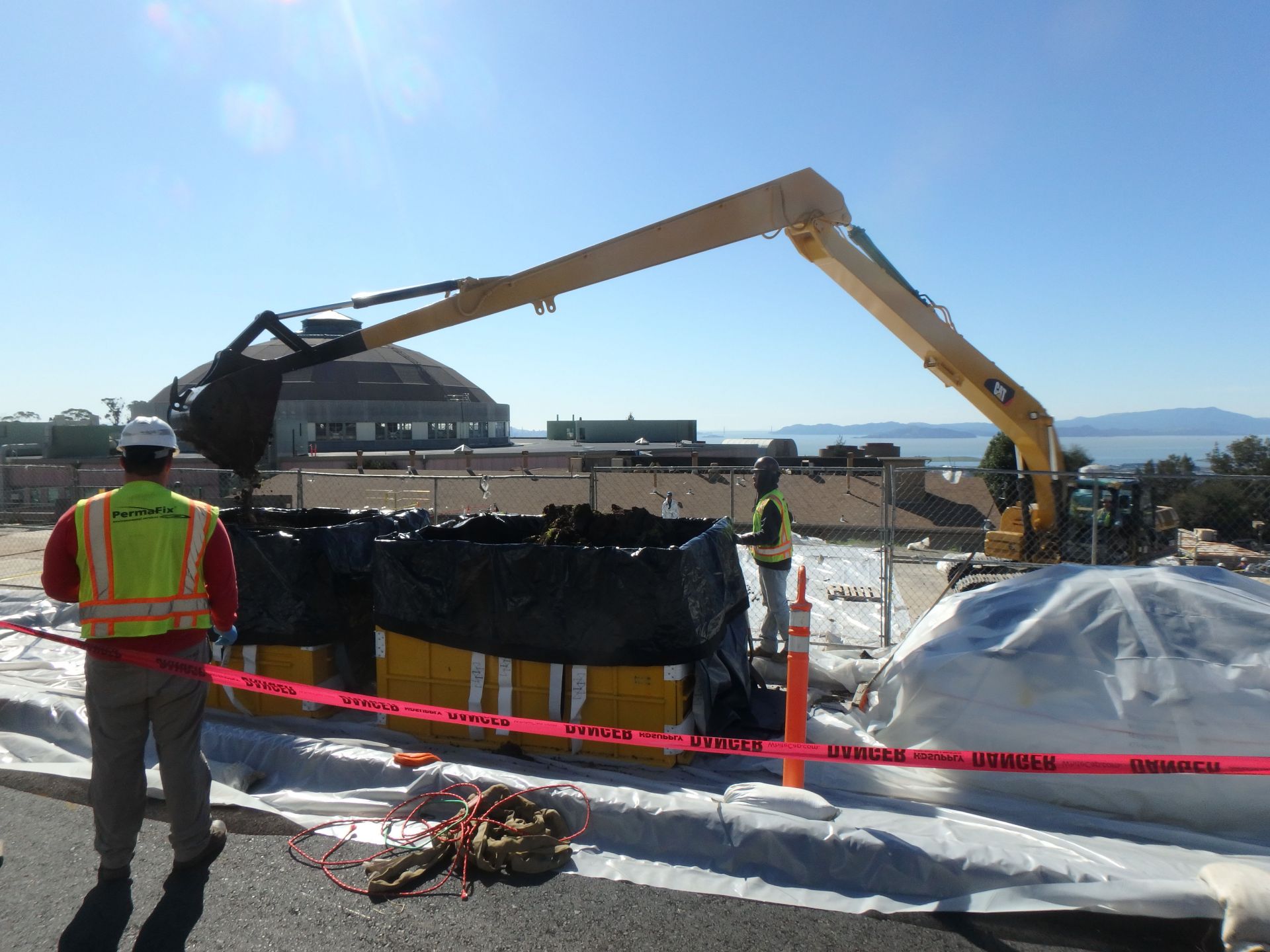Statement from the American Nuclear Society on the G7 communiqué.
June 20, 2024, 1:19PMEdited June 20, 2024, 1:31PMUpdated June 20, 2024, 1:29PMPress Releases Las Vegas, Nev. — The American Nuclear Society (ANS) issued the following statement during the 2024 ANS Annual Conference in Las Vegas:
“The American Nuclear Society applauds the Group of Seven (G7) leaders’ Apulia communiqué in its call for continued international cooperation in strengthening, expanding, and diversifying civil nuclear supply chains as the world deploys advanced reactors.
A cut-away view of Westinghouse’s AP300 reactor. (Image: Westinghouse)
Power generation from nuclear fission as a clean and stable source of electricity has secured the interest of policymakers and industry leaders around the globe. Last fall, the United States spearheaded a pledge at COP28 to get countries to agree to triple nuclear capacity worldwide, and recently the members of the Group of 7 (G7) nations that currently use nuclear power have reaffirmed their pledges to invest in that power source to cut carbon emissions.
As of this writing, U.S. policymakers are trying to make good on that promise by passing legislation to support nuclear power, funding the domestic fuel supply chain, and working to pass the ADVANCE Act. On top of the support from Washington, D.C., power-hungry industries like data centers and chemical engineering are looking to secure stable, carbon-free power directly from power plants.
Savannah River Nuclear Solution’s supply chain management team discusses upcoming process changes during its first staff augmentation summit. (Photo: SRNS)
Savannah River Nuclear Solutions’ Supply Chain Management (SCM) team recently hosted its first staff augmentation summit to strengthen relationships with 25 staffing firms and provide upcoming process changes for fiscal year 2024.
Next Generation MG Control Power Cabinets Installed
Westinghouse Parts Business (WPB) is proud of the first next generation Motor Generator (MG) Set System fully operational at Palo Verde Generating Station. The team completed a first-of-a-kind (FOAK) implementation and installation at the power plant operated by Arizona Public Service (APS), including the next generation MG Control Power Cabinets and new MG Sets. Additionally, Westinghouse installed the new ARCH (Advanced Rod Control Hybrid) system. These systems were installed in a single outage providing additional synergies and cost savings to operations.
Participating in the forum were (from left) John Hopkins (NuScale Power), Renaud Crassous (EDF), Daniel Poneman (Centrus Energy), Adriana Cristina Serquis (CNEA), and Boris Schucht (Urenco).
The nuclear industry leaders assembled in Washington, D.C., last week to discuss small modular reactor supply chains agreed that lost generation capacity from the expected retirement of hundreds or thousands of coal power plants over the next decade—a cliff, in one panelist’s words—represents an opportunity that developers of SMRs and advanced reactors are competing to meet.
“I think in total 80 projects are ongoing,” said Boris Schucht, panel moderator and chief executive officer of Urenco Group, as he opened the forum. “Of course not all of them will win, and we will discuss today what is needed so that they can be successful.”
How Kairos Power is applying rapid iterative development to the licensing process as part of its strategy to deliver on cost

Laufer
Developing a first-of-a-kind reactor is a daunting endeavor. To be successful, advanced reactor designers need to achieve cost certainty by delivering a safe and affordable product at the promised cost. To meet this goal, Kairos Power structured its approach around four key strategies: 1) achieving technology certainty through a rapid iterative approach; 2) achieving construction certainty by demonstrating the ability to build it; 3) achieving licensing certainty by proving Kairos can license it; and 4) achieving supply chain certainty by vertically integrating critical capabilities. By mitigating risk in these four key areas, Kairos Power is confident that it will get true cost certainty for our future products.
The third prong in Kairos’s strategy—achieving licensing certainty—was a key driver in the decision to build the Hermes low-power demonstration reactor, and it remains a major workstream as the company’s construction permit application (CPA) undergoes review by the U.S. Nuclear Regulatory Commission. Licensing a new nuclear technology is no small challenge, and there are multiple approaches companies can take. Here’s a look at how we at Kairos are approaching it.
Waste packages are loaded with contaminated soil during remediation work at Lawrence Berkeley National Laboratory. (Photo: PermaFix)
Depending on the size and complexity of a decommissioning project, the transportation and disposal of radioactive waste will have an oversized impact on planning, schedule, and budget. The scope of decommissioning a site contaminated with radioactive material begins and ends with the proper and safe packaging of waste and subsequent transportation from the site to the final disposal location. Once all of the waste is gone from the site, the compliance exercise can be completed and the site released from controls (i.e., the radioactive materials license is terminated and the site is decommissioned).
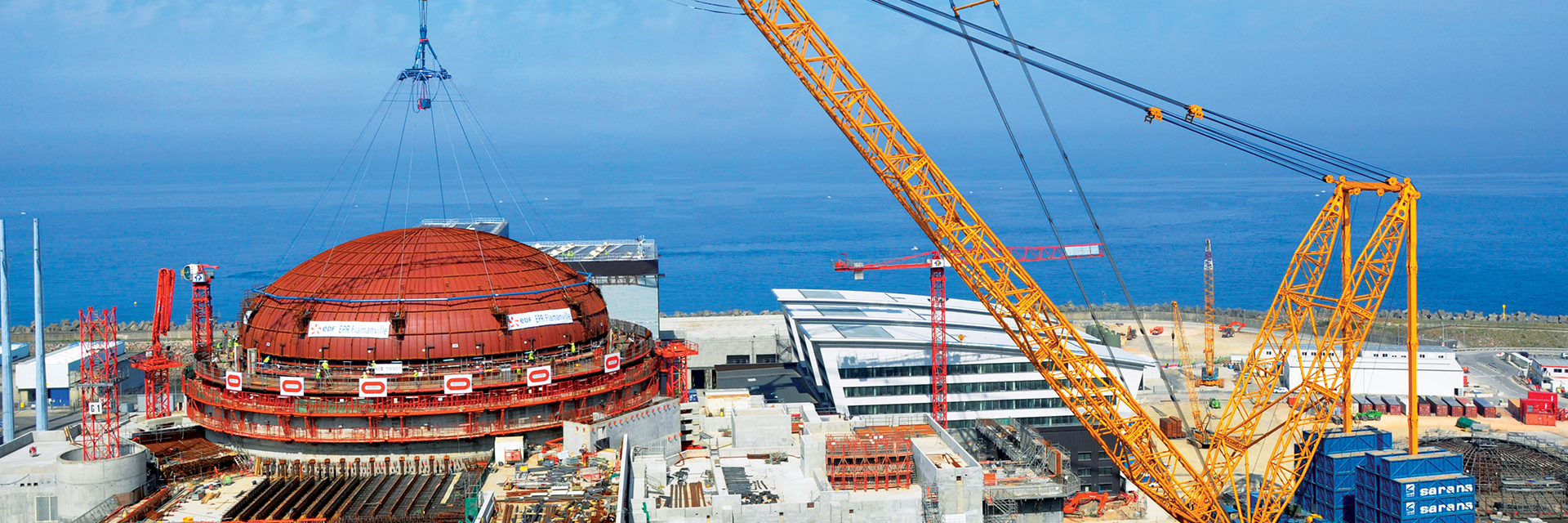



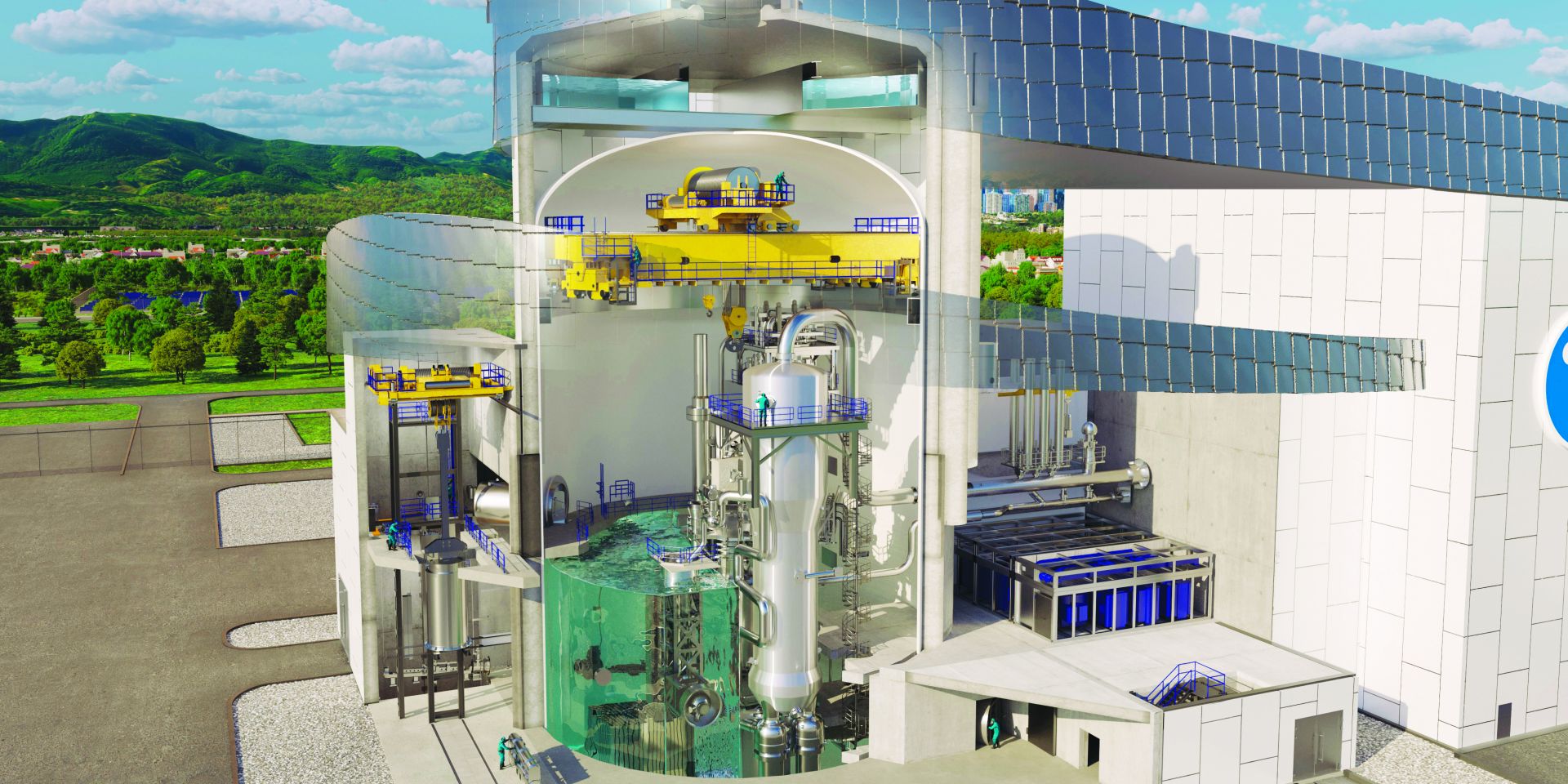
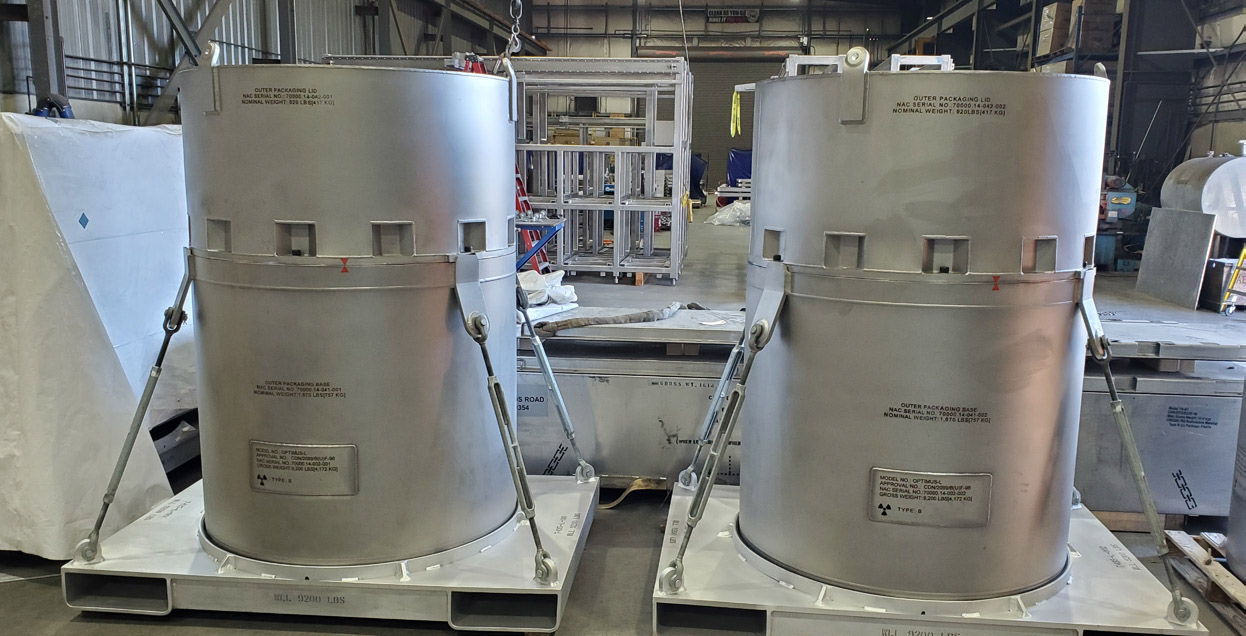



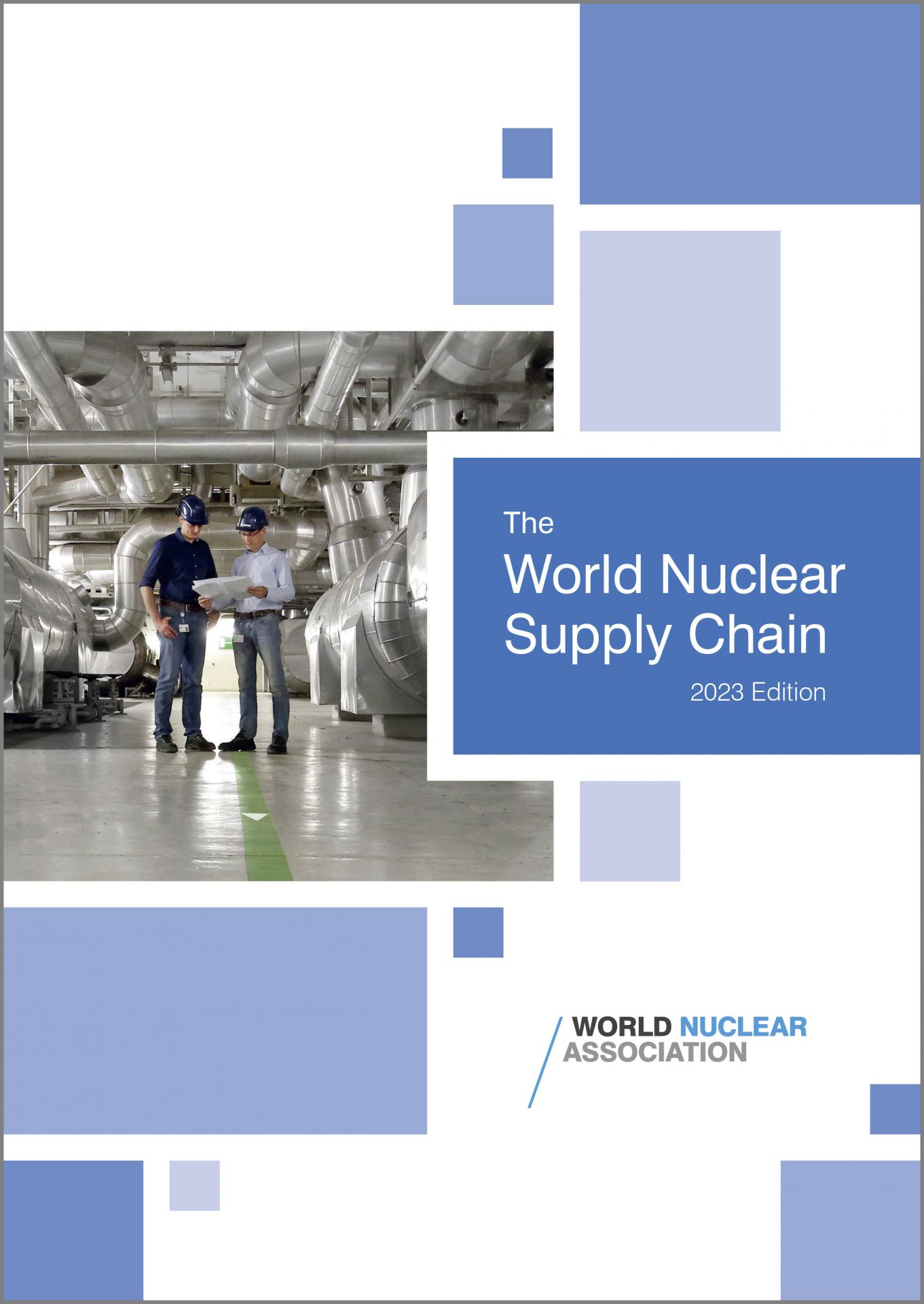 In the newly released 2023 edition of
In the newly released 2023 edition of 

